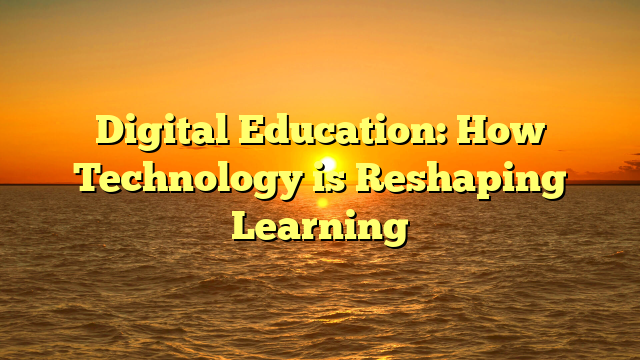Education is undergoing a profound transformation thanks to digital technologies. From online platforms to interactive apps, students indo168 now have more opportunities to learn in flexible and personalized ways.
E-learning platforms provide access to courses from top universities and institutions worldwide. Students can study subjects ranging from coding to philosophy without leaving their homes. This democratizes education, offering opportunities to people who might not otherwise have access.
Interactive tools make learning more engaging. Virtual reality allows students to explore historical sites, while gamified apps turn math or language practice into fun challenges. These innovations improve motivation and retention.
Digital education also supports teachers. Platforms track student progress in real time, helping educators identify strengths and weaknesses. This allows for more targeted instruction and personalized feedback.
During the COVID-19 pandemic, digital tools became essential. Video conferencing, online assignments, and virtual classrooms kept education going despite school closures. While challenges like unequal internet access became clear, the experience showed the resilience of digital learning.
Hybrid education models are emerging, combining in-person and online teaching. This approach maximizes flexibility and prepares students for a digital-first world. Lifelong learning is also easier, with adults able to reskill through online programs.
Challenges include the digital divide, with many lacking devices or reliable internet. Additionally, screen fatigue and reduced social interaction remain concerns. Balancing technology with human connection is key.
In conclusion, digital education is reshaping how knowledge is shared and acquired. While not without challenges, it opens doors to a more inclusive and flexible future of learning.
